Landscape photography captures nature’s beauty, requiring composition, light understanding, and environmental appreciation. This guide provides insights for all photographers, covering techniques like golden hour mastery and water movement and exploring seasons, human elements, and color’s role to enhance both technical skills and creative vision.
Mastering the Magic of Golden Hour
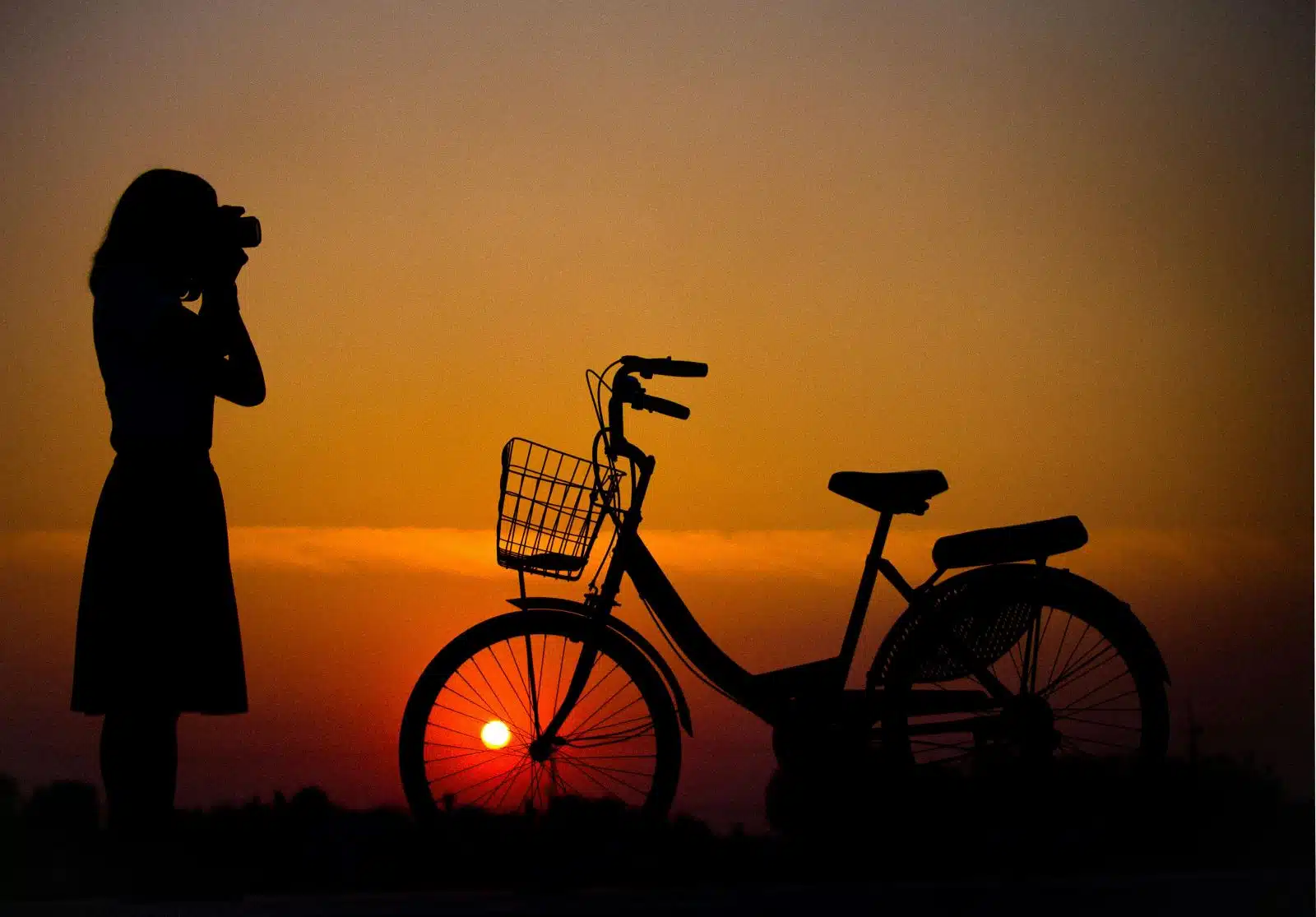
Image Credit: Pexels / Pixabay
The golden hour, the brief period shortly after sunrise or before sunset, offers a soft, diffused light that can dramatically enhance landscape photos. This time of day is prized for its warm tones and elongated shadows, which can add depth and dimension to your compositions. To make the most of the golden hour, planning is crucial. Use apps to track the sun’s position and scout your location in advance to find the best angles. Experiment with exposure settings to capture the dynamic range of light, and don’t be afraid to use manual mode to adjust to the rapidly changing conditions.
Insider’s Tip: Always arrive early and stay late. The moments just before sunrise and after sunset, known as the blue hour, also offer unique lighting conditions that can yield stunning photographs with cool, ethereal tones.
The Art of Composition in Landscape Photography
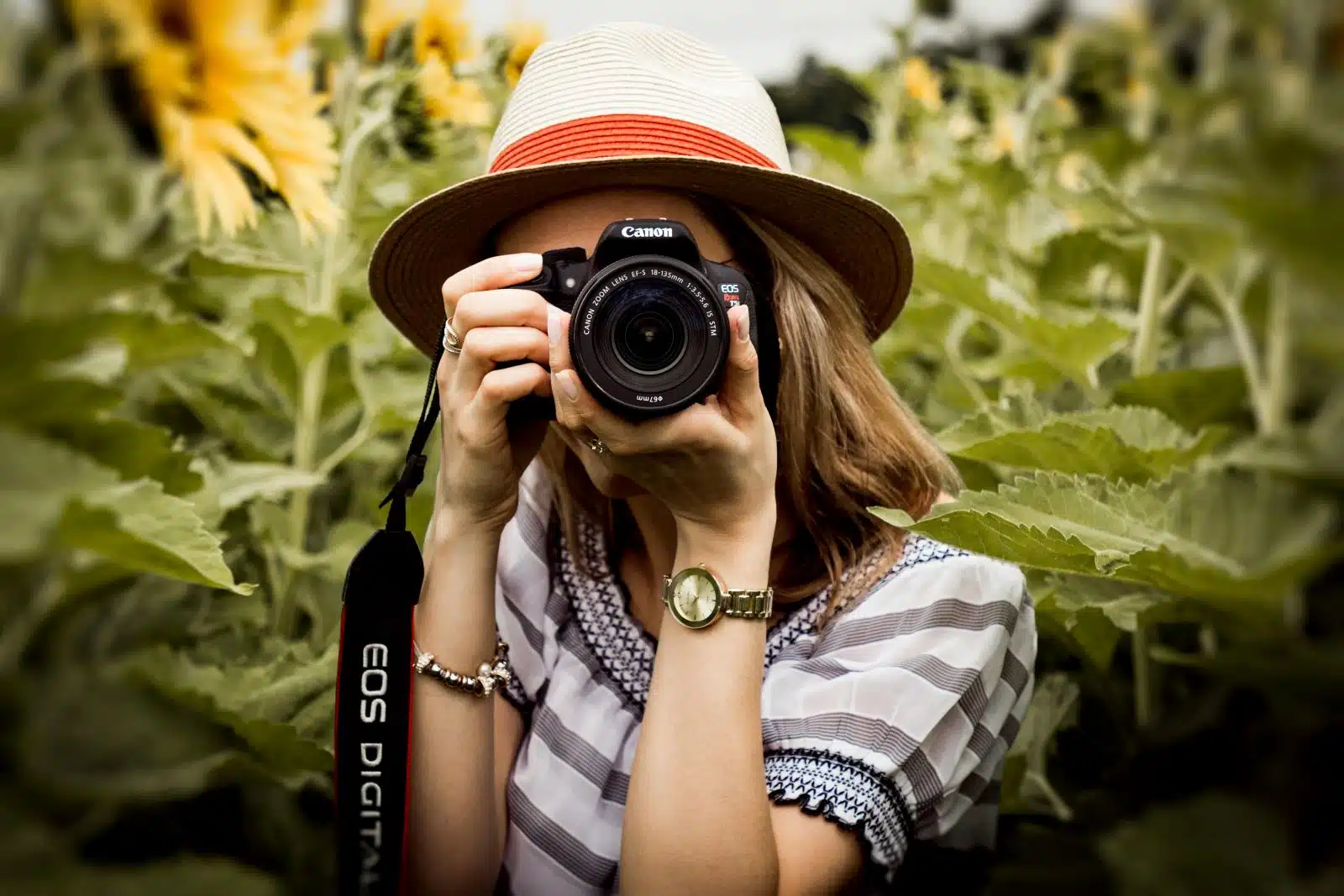
Image Credit: Pexels / Andre Furtado
Composition is the foundation of any compelling landscape photograph. The arrangement of elements within the frame guides the viewer’s eye and tells a story. Key compositional techniques include the rule of thirds, leading lines, and incorporating foreground interest to create depth. However, the most powerful compositions often break these rules intentionally to evoke a particular mood or highlight a unique perspective. To master composition, practice is essential. Experiment with different compositions in the same location to understand what works best for the story you’re trying to tell.
Insider’s Tip: Use a tripod and live view mode to fine-tune your composition. This setup allows for more deliberate framing and helps in visualizing the final image.
Navigating the Challenges of Harsh Light
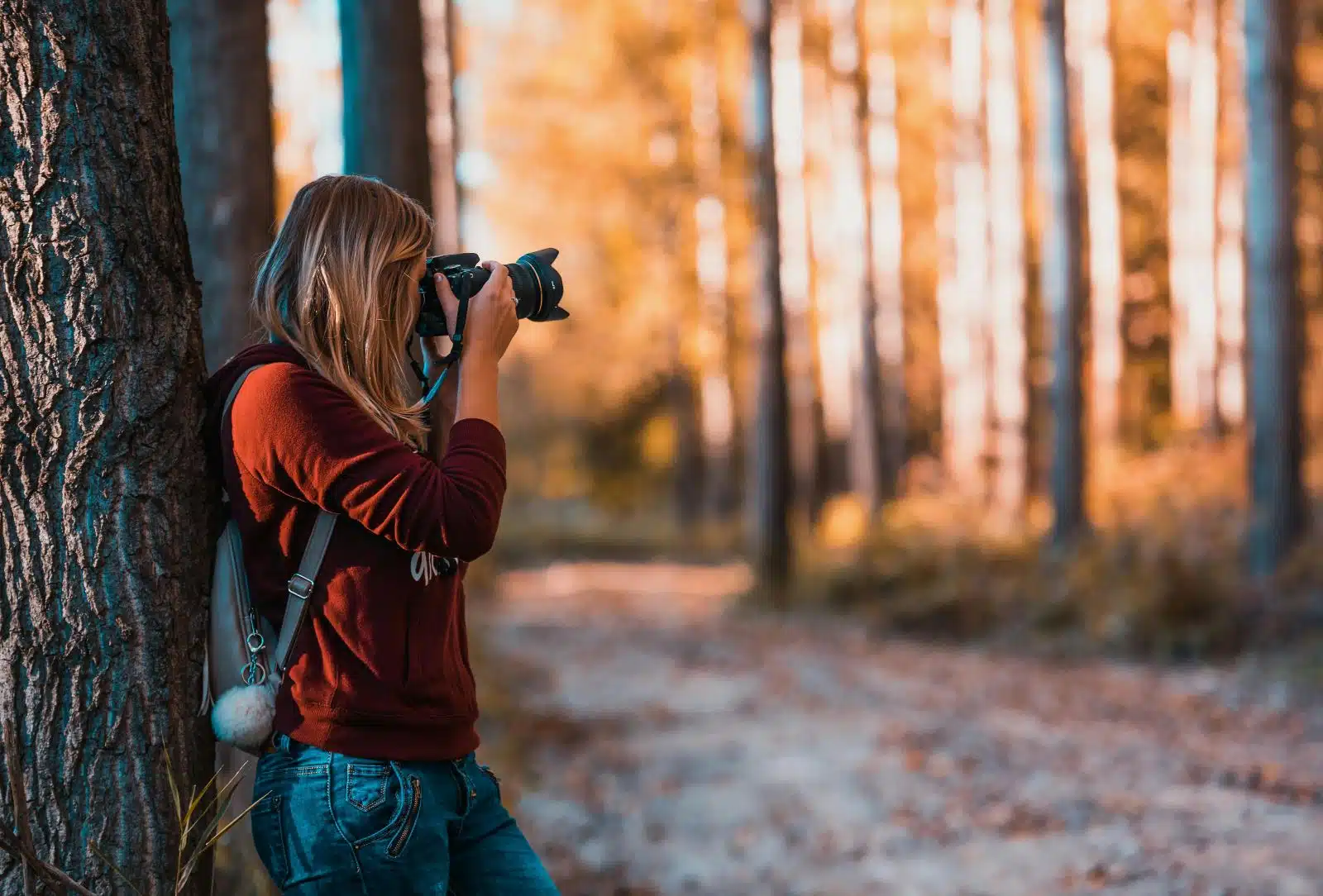
Image Credit: Pexels / David Bartus
Harsh light, typically found in the middle of the day when the sun is high in the sky, can be one of the most challenging conditions for landscape photographers. It creates strong contrasts, deep shadows and often results in overexposed highlights and underexposed shadows in the same scene. To navigate these challenges, photographers can use graduated neutral density filters to balance the exposure between the sky and the land. Another strategy is to embrace the harsh light by using it to create silhouettes or to highlight textures and patterns that are less visible in softer light.
Insider’s Tip: When faced with harsh light, look for compositions that benefit from high contrast and deep shadows. Canyons, deserts, and urban landscapes can all be photographed effectively in these conditions.
Embracing the Power of Weather in Landscape Photography

Image Credit: Shutterstock / AntGor
Weather plays a pivotal role in landscape photography, often serving as the main character in the narrative of your images. Dramatic weather conditions, such as storms, fog, and even rain, can add mood, depth, and a sense of dynamism to your photographs. Capturing the essence of a landscape under the spell of changing weather requires patience and flexibility. Monitoring weather forecasts and being ready to adapt your plans is crucial. Safety is always your priority, especially when chasing storms or shooting in extreme conditions. However, the rewards of capturing the landscape amidst dramatic weather can be unparalleled, offering images that resonate with power and emotion.
Insider’s Tip: Use a weather app to track incoming systems and plan your shoots around them. The moments just before or after a storm often produce the most dramatic and beautiful lighting conditions.
Long Exposure Techniques for Ethereal Landscapes
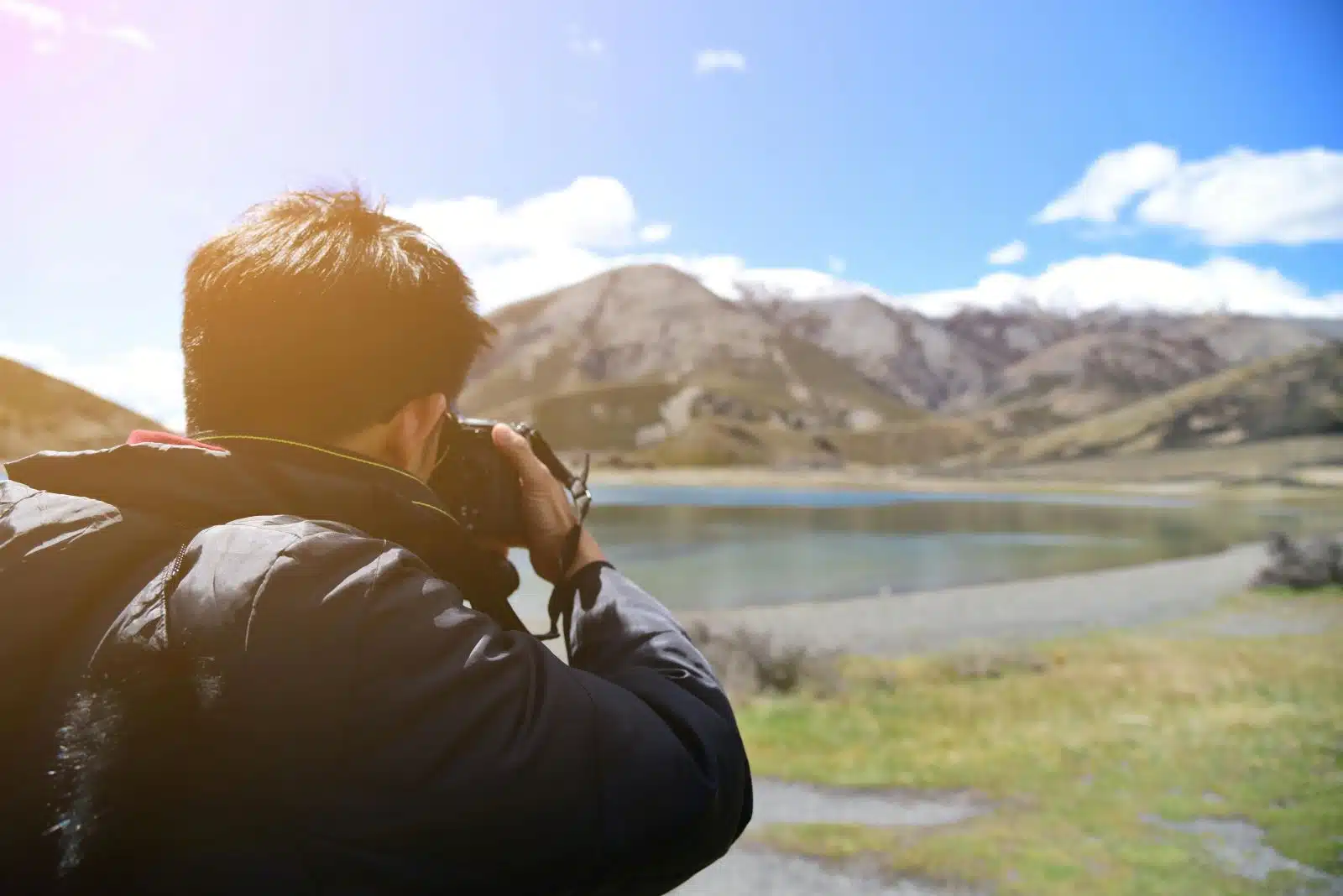
Image Credit: Pexels / Tirachard Kumtanom
Long exposure photography allows landscape photographers to capture time in a single image, creating ethereal and surreal landscapes. This technique is particularly effective for smoothing out water, capturing the trails of stars, or showing the movement of clouds across the sky. Mastering long exposure requires a solid understanding of the exposure triangle and using neutral density (ND) filters to control the light entering the lens over extended periods. A sturdy tripod is essential to prevent camera shake and ensure sharp images. Experimentation is key to finding the right balance of exposure time, aperture, and ISO for the desired effect.
Insider’s Tip: Start with a 6-stop ND filter for daytime long exposures and adjust based on the light conditions and the effect you aim to achieve.
The Importance of Foreground Interest in Composition
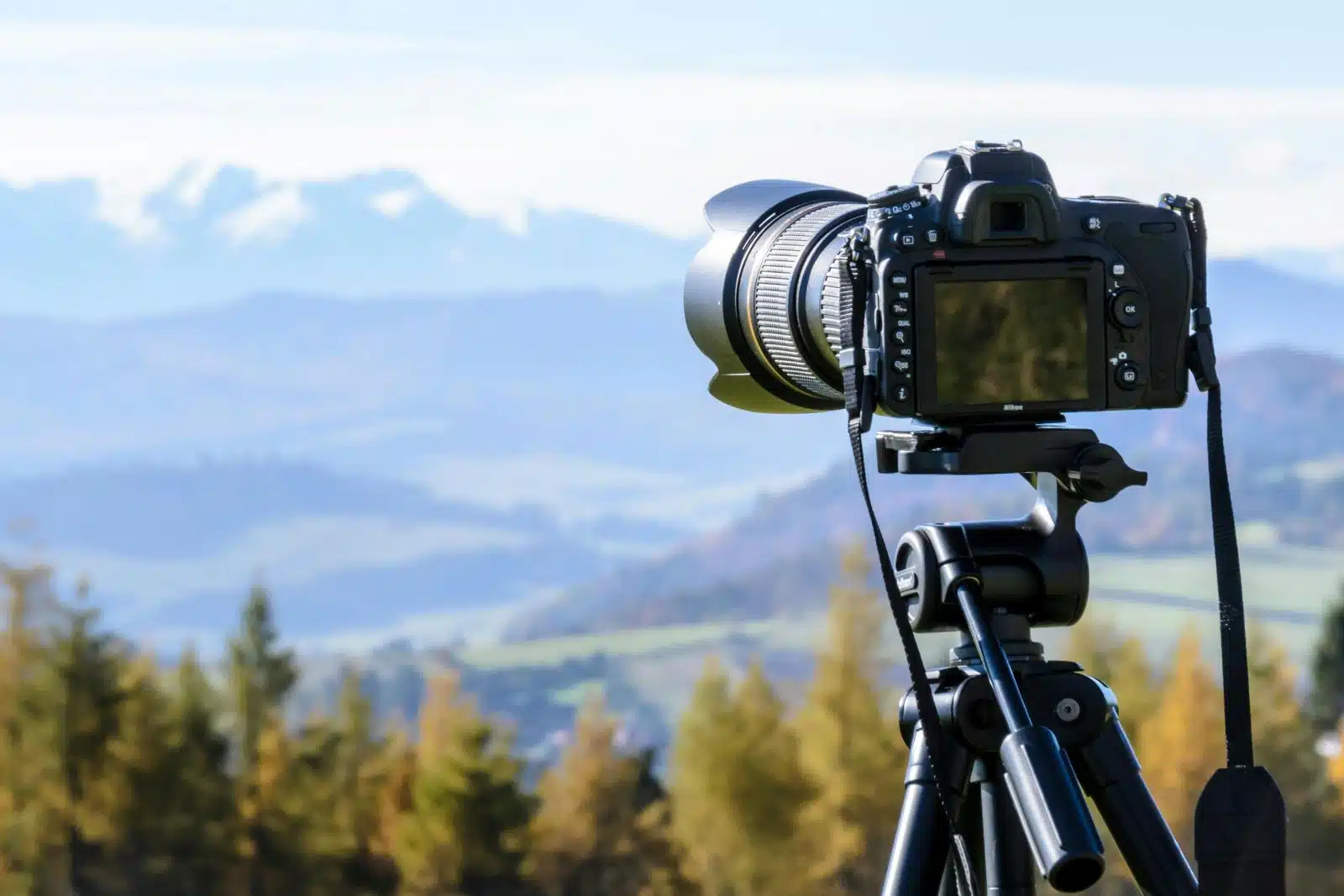
Image Credit: Pexels / PhotoMIX Company
Incorporating foreground interest is a powerful compositional technique in landscape photography that adds depth and leads the viewer’s eye into the scene. Whether it’s a cluster of wildflowers, a patterned rock formation, or a winding path, foreground elements can transform a flat image into a three-dimensional story. The key is to find a balance where the foreground complements rather than competes with the rest of the scene. This often involves using a wide-angle lens and a small aperture (high f-number) to maintain sharpness throughout the image. Experimenting with different angles and perspectives can also reveal compelling foreground elements that might otherwise go unnoticed.
Insider’s Tip: Use a tripod and focus stacking to ensure that your foreground and background are sharply focused, especially when shooting with a wide aperture.
Harnessing the Versatility of Wide-Angle Lenses
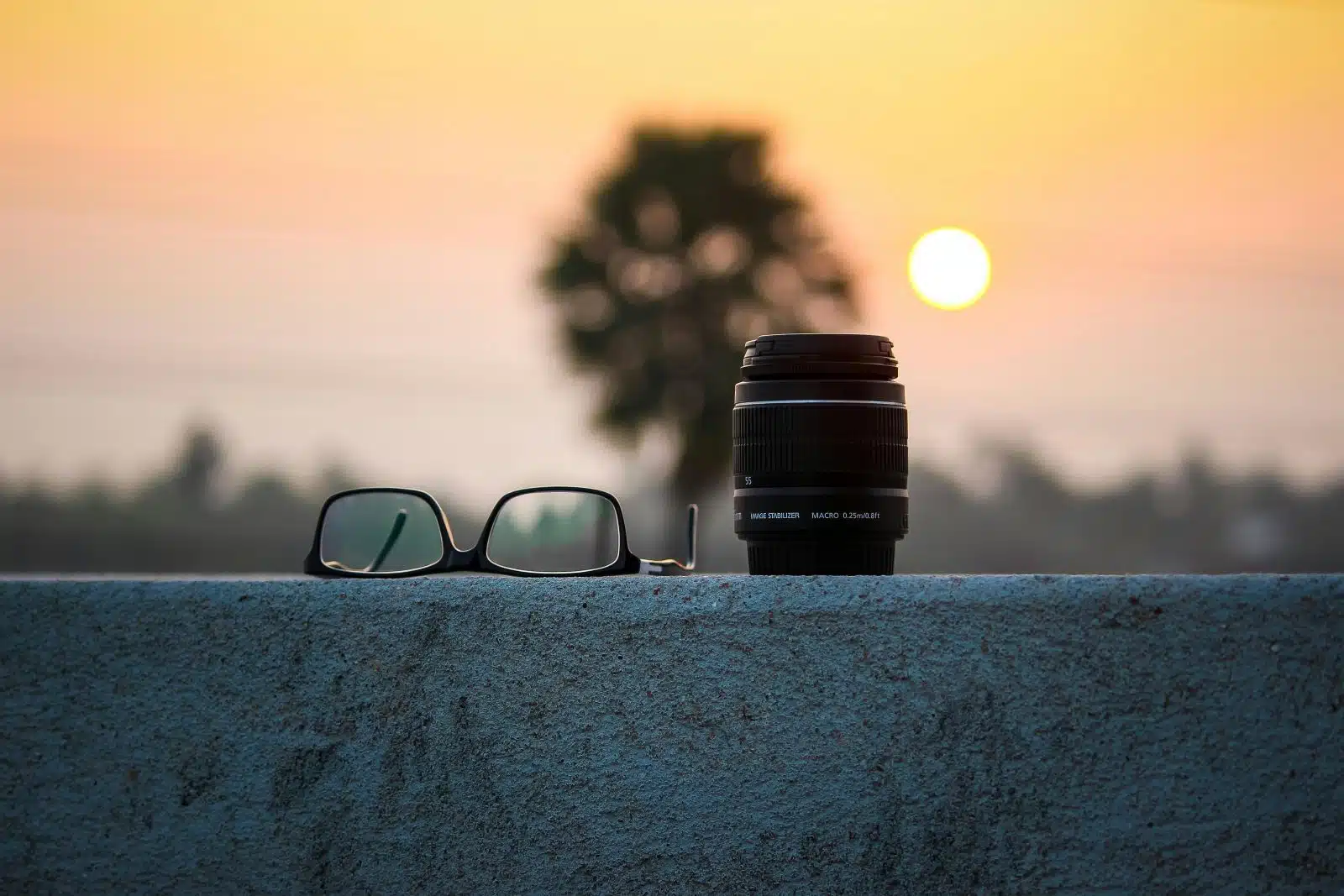
Image Credit: Pexels / Pankaj Biswas
Wide-angle lenses are a staple in the landscape photographer’s toolkit, prized for capturing expansive scenes and emphasizing depth and perspective. These lenses allow photographers to include more of the scene in the frame, making them ideal for capturing vast landscapes, dramatic skies, and detailed foregrounds. However, their use requires a thoughtful approach to composition to avoid distortion and ensure that the scene remains the focal point. Understanding the characteristics of wide-angle lenses, including their depth of field and distortion properties, is crucial for using them effectively. They allow for capturing grand vistas and creative compositions that play with scale and perspective.
Insider’s Tip: Practice using the edges of your frame as compositional tools with a wide-angle lens, placing key elements along these lines to create a more dynamic image.
The Art of Minimalist Landscape Photography
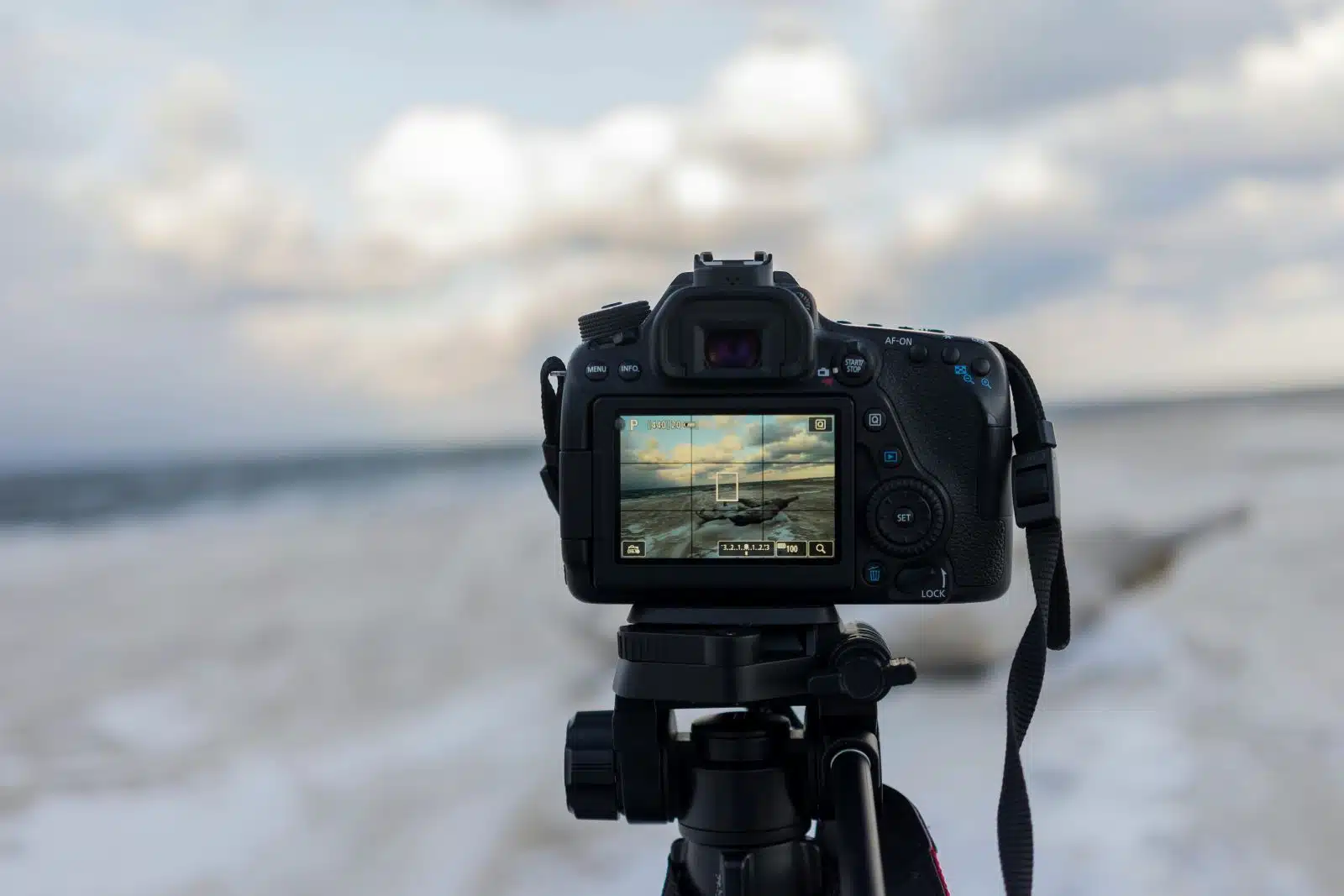
Image Credit: Pexels / Karol D
Minimalist landscape photography is about capturing simplicity and tranquility in nature, focusing on composition, color, and form to convey a sense of calm and space. This approach often involves isolating subjects, using negative space effectively, and paying close attention to the interplay of light and shadow. Minimalist photography challenges the photographer to look beyond the obvious and find beauty in simplicity. It requires a keen eye for detail and composition and an understanding of how less can often be more in visual storytelling. The result is often a serene and contemplative image that invites the viewer to pause and reflect.
Insider’s Tip: Look for simple scenes with strong geometric shapes or contrasting textures to create a compelling minimalist composition.
Exploring the Dynamic Range in Landscape Photography

Image Credit: Pexels / Alex Andrews
Capturing the full dynamic range of a landscape scene, from the darkest shadows to the brightest highlights, is one of the greatest challenges in photography. High dynamic range (HDR) photography and graduated ND filters are two techniques that can help manage this challenge. HDR involves taking multiple exposures of the same scene at different brightness levels and then blending them in post-processing to create a single image with a balanced exposure. Graduated ND filters, on the other hand, can reduce the sky’s brightness directly in-camera, balancing it with the darker land. Both techniques require practice and a nuanced understanding of light to master but can significantly enhance the quality and impact of landscape photographs.
Insider’s Tip: When shooting for HDR, use a tripod and a remote shutter release to ensure your images align perfectly for blending.
The Role of Color in Landscape Photography
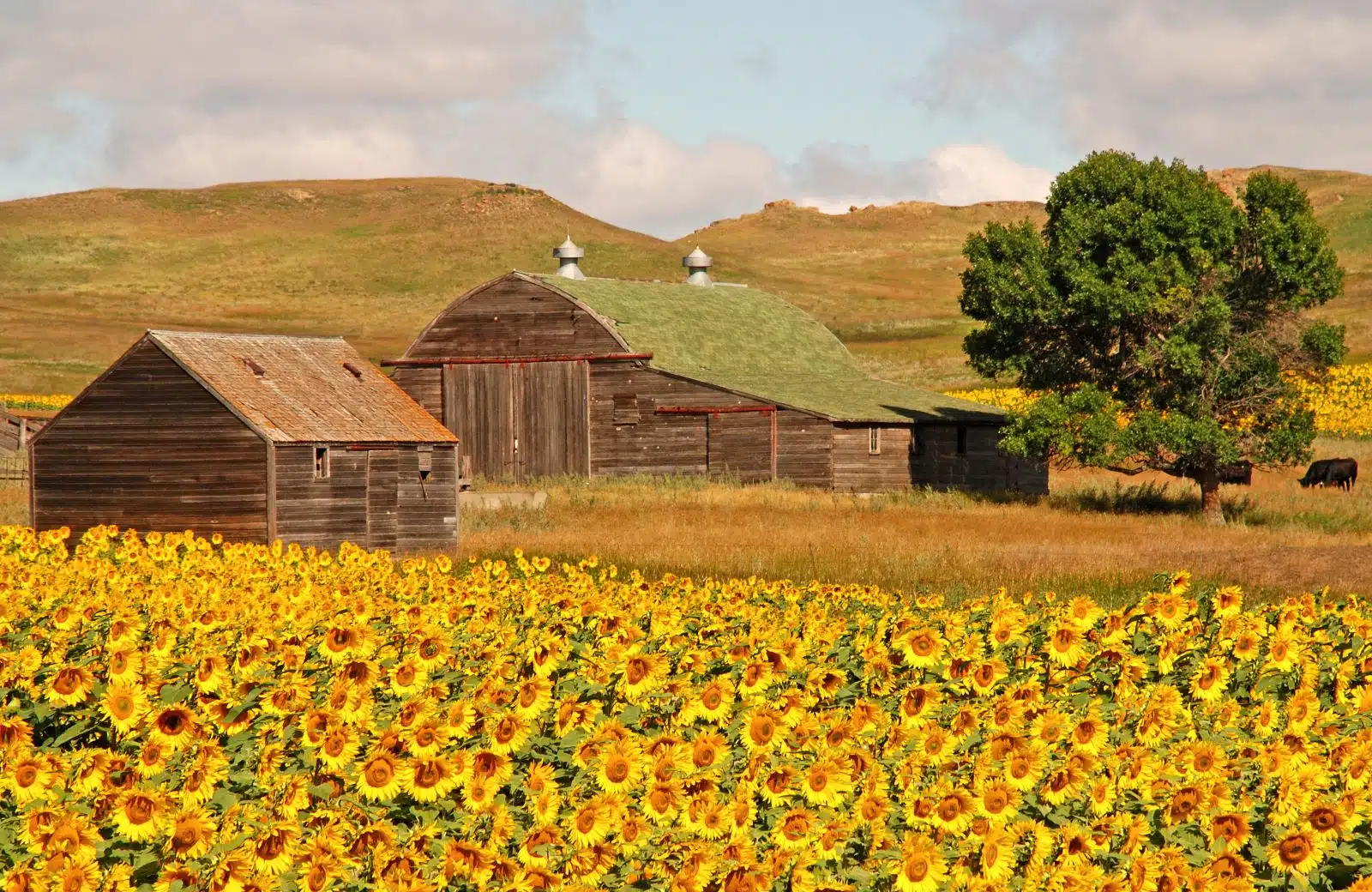
Image Credit: Shutterstock / Brian A Wolf
Color plays a crucial role in conveying the mood and atmosphere of a landscape photograph. Understanding color theory and how different colors interact can significantly enhance the impact of your images. Warm colors, such as reds and yellows, can evoke feelings of warmth and comfort, while cool colors, like blues and greens, tend to have a calming effect. The time of day, weather, and season all influence the color palette of a landscape, and being mindful of these factors can help you capture the most striking and emotive images. Additionally, post-processing tools offer the opportunity to fine-tune colors, adjust saturation, and enhance the overall mood of your photographs.
Insider’s Tip: Pay attention to the color wheel and use complementary colors to create contrast and visual interest in your compositions.
Capturing the Movement of Water in Landscape Photography
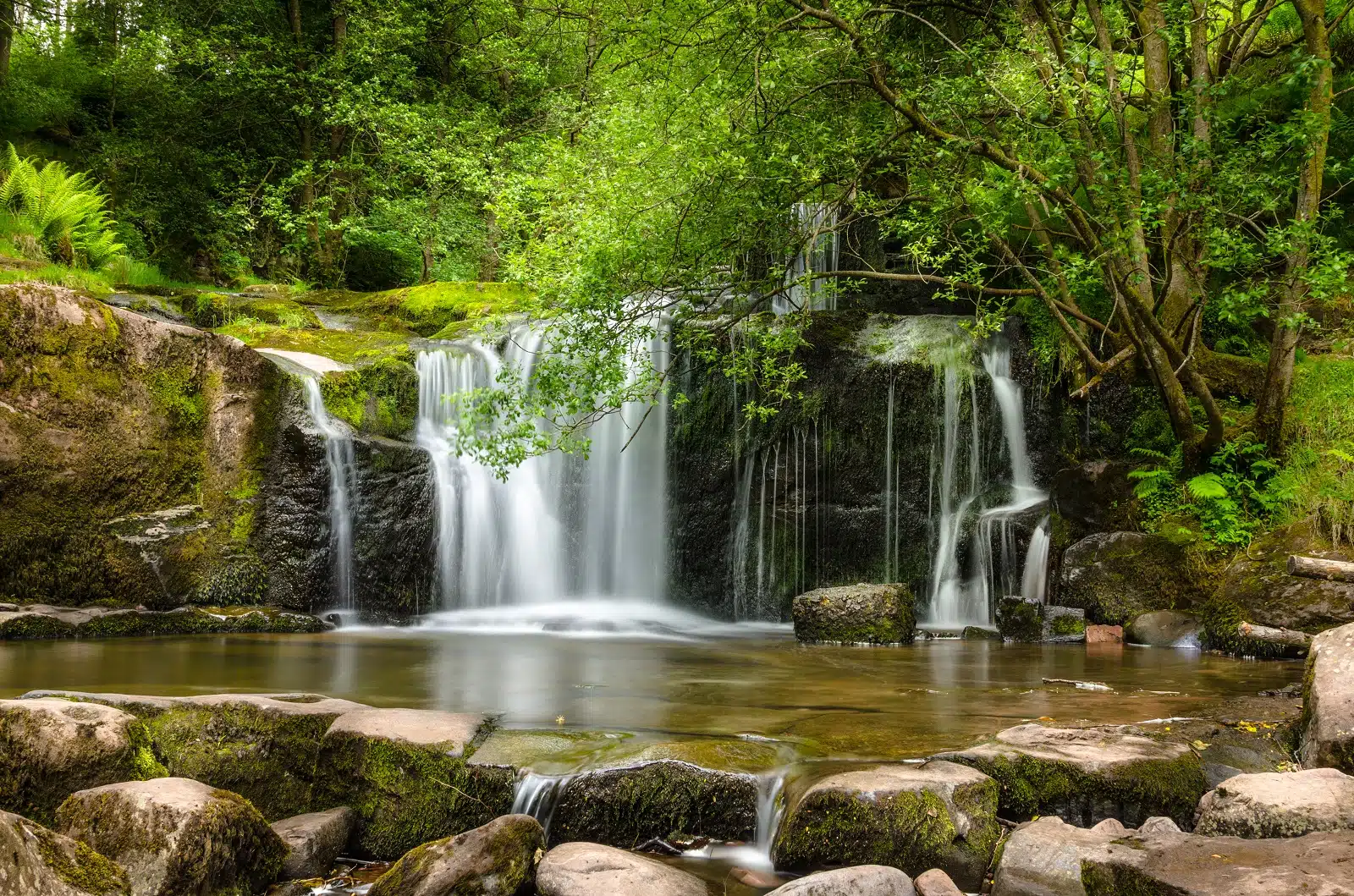
Image Credit: Shutterstock / Albert Pego
Water, in all its forms, adds a dynamic element to landscape photography, whether it’s the serene surface of a lake, the rugged beauty of a coastline, or the powerful flow of a river. The key to effectively capturing water is understanding how to convey its movement and texture. Slow shutter speeds can smooth out the water, creating a silky effect, while faster speeds freeze the action, capturing the power and detail of moving water. Polarizing filters can also be invaluable, reducing reflections and enhancing the color and clarity of the water. Each body of water presents its own set of challenges and opportunities, requiring photographers to adapt their techniques to capture its unique beauty.
Insider’s Tip: Experiment with different shutter speeds to find the perfect balance for the mood you want to convey, from tranquil and ethereal to dynamic and powerful.
Leveraging the Beauty of Seasons in Landscape Photography
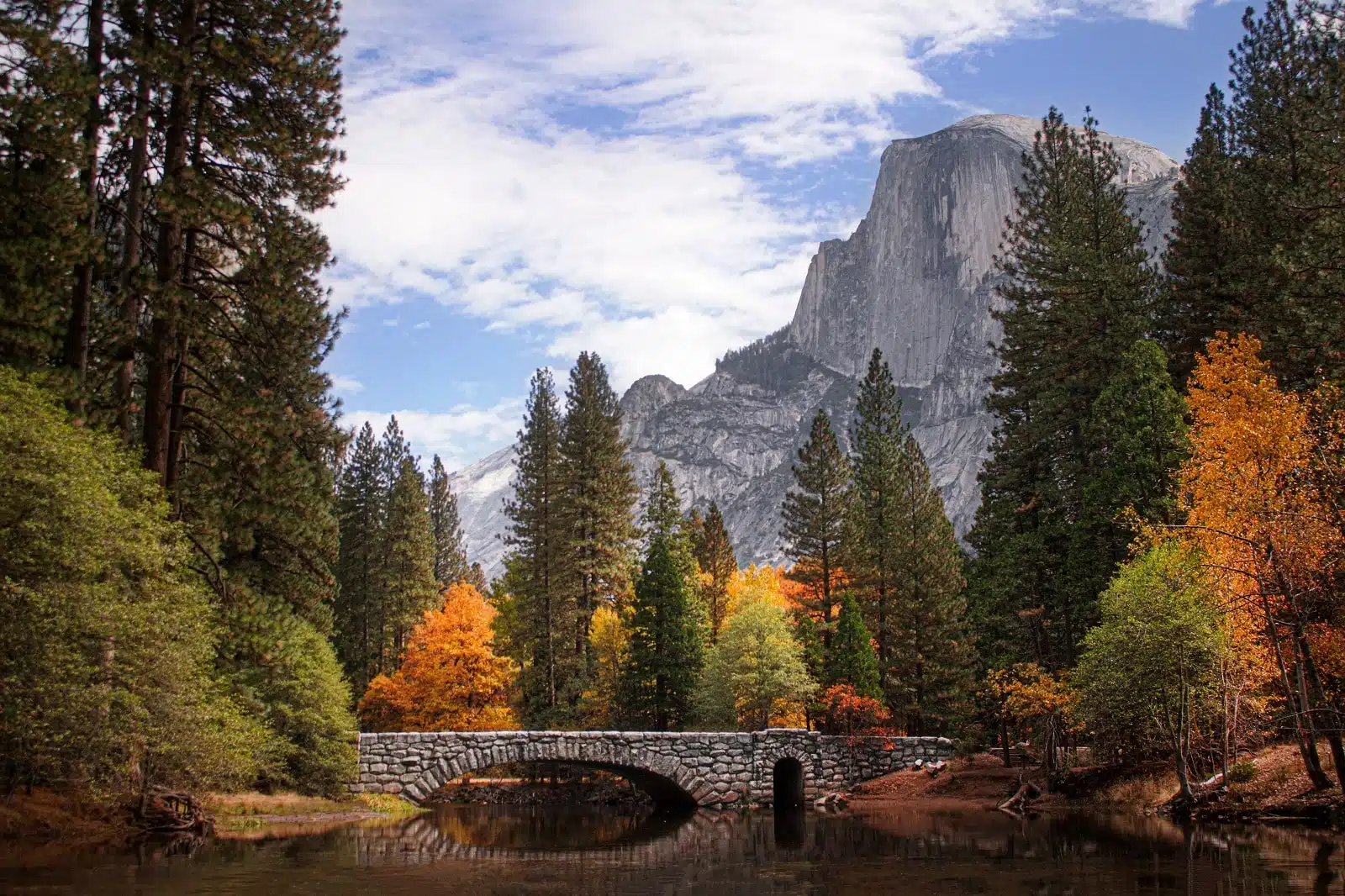
Image Credit: Shutterstock / sixfournorth
Each season brings its own unique beauty and challenges to landscape photography. From the vibrant colors of autumn and the delicate blooms of spring to the stark beauty of winter and the lush greenery of summer, understanding how to capture the essence of each season is crucial. This involves choosing the right time of year for your subject and understanding how seasonal changes affect light, color, and mood. Adapting your approach to suit the season, whether it’s embracing the soft light of winter or the golden hues of autumn, can dramatically enhance the impact of your photographs.
Insider’s Tip: Revisit the same location in different seasons to capture the changing landscape and highlight the unique beauty of each season.
The Impact of Human Elements in Landscape Photography
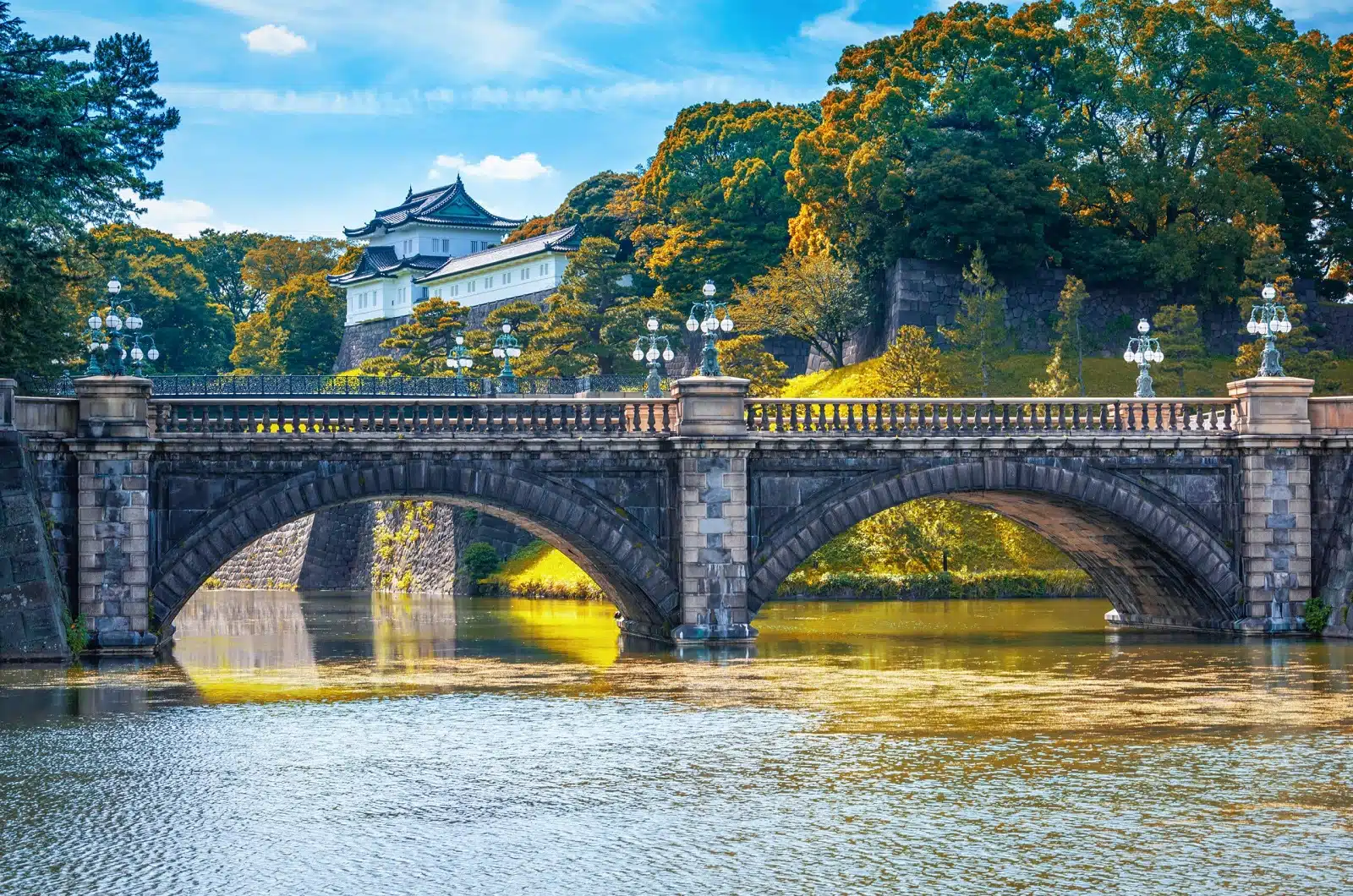
Image Credit: Shutterstock / Nuttawut Uttamaharad
Including human elements within a landscape photograph can add meaning and context to the natural scene. Structures like bridges, pathways, or even distant figures lend a sense of scale, presence, and narrative to the vastness of the natural world. This juxtaposition between the human-made and the natural environment can evoke reflections on humanity’s relationship with nature, highlighting themes of harmony, contrast, or intrusion. The challenge lies in balancing these elements so that they enhance rather than detract from the beauty and integrity of the natural landscape. Careful composition and thoughtful consideration of the human element’s impact on the scene are essential. This approach broadens the narrative scope of landscape photography and invites viewers to ponder their own place within the natural world.
Insider’s Tip: Look for ways human elements can lead the viewer’s eye into the landscape or add a point of interest that complements the natural beauty rather than overwhelming it.
Exploring the Night: Astrophotography in Landscapes
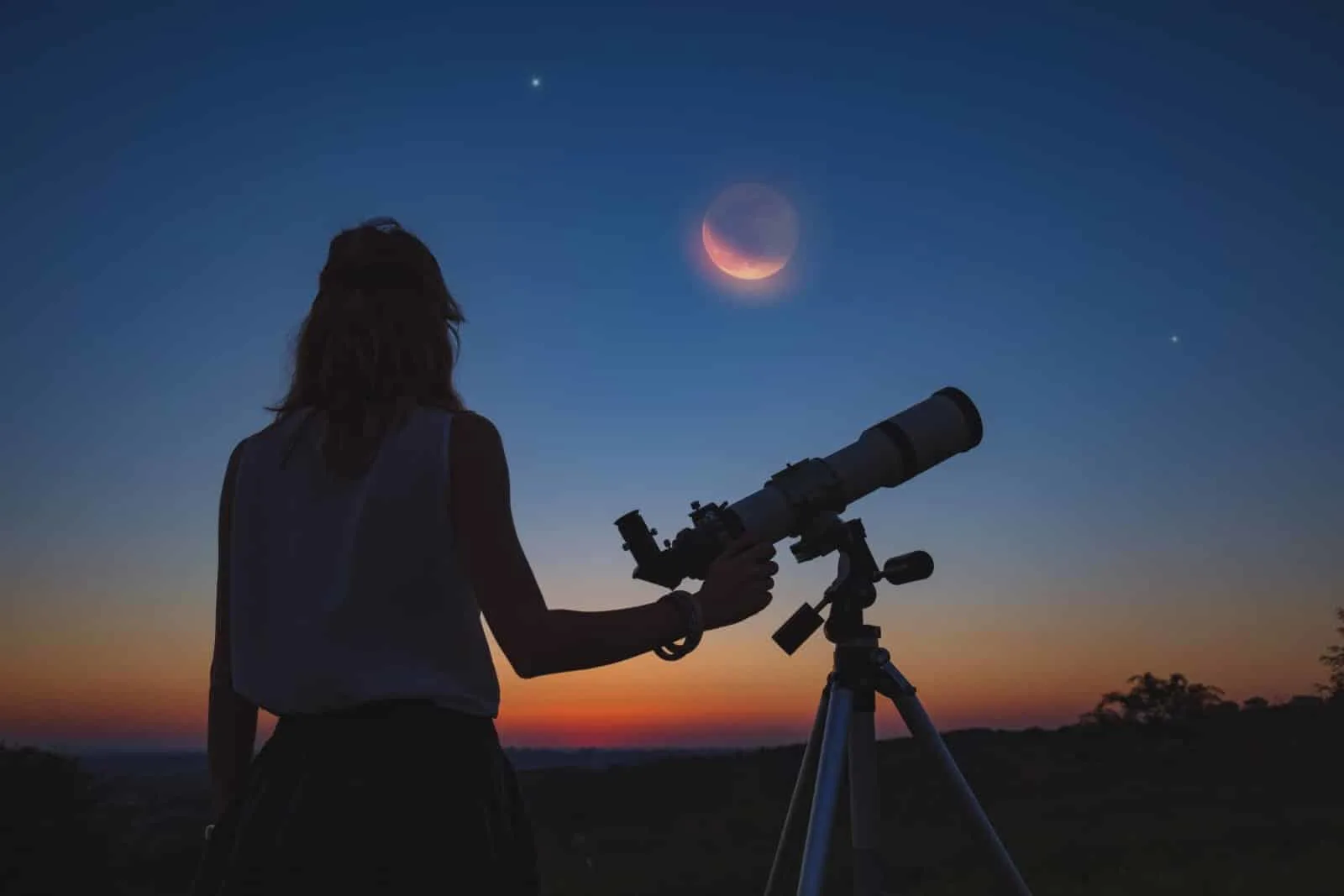
Image Credit: Shutterstock / AstroStar
Astrophotography, or the photography of celestial events and scenes, adds a mesmerizing element to landscape images. Capturing the night sky, whether the Milky Way, star trails, or a meteor shower, requires a solid understanding of exposure settings and a willingness to experiment. The key to success is finding a location with minimal light pollution, using a sturdy tripod, and employing long exposures to capture the faint light of stars. A wide-aperture lens is also essential to gather as much light as possible. The combination of a stunning landscape under a star-filled sky can produce some of the most awe-inspiring images in a photographer’s portfolio.
Insider’s Tip: Use a star tracker or plan your shoots during the new moon phase to maximize celestial bodies’ visibility and minimize ambient light’s impact.
The Significance of Patience and Persistence in Landscape Photography
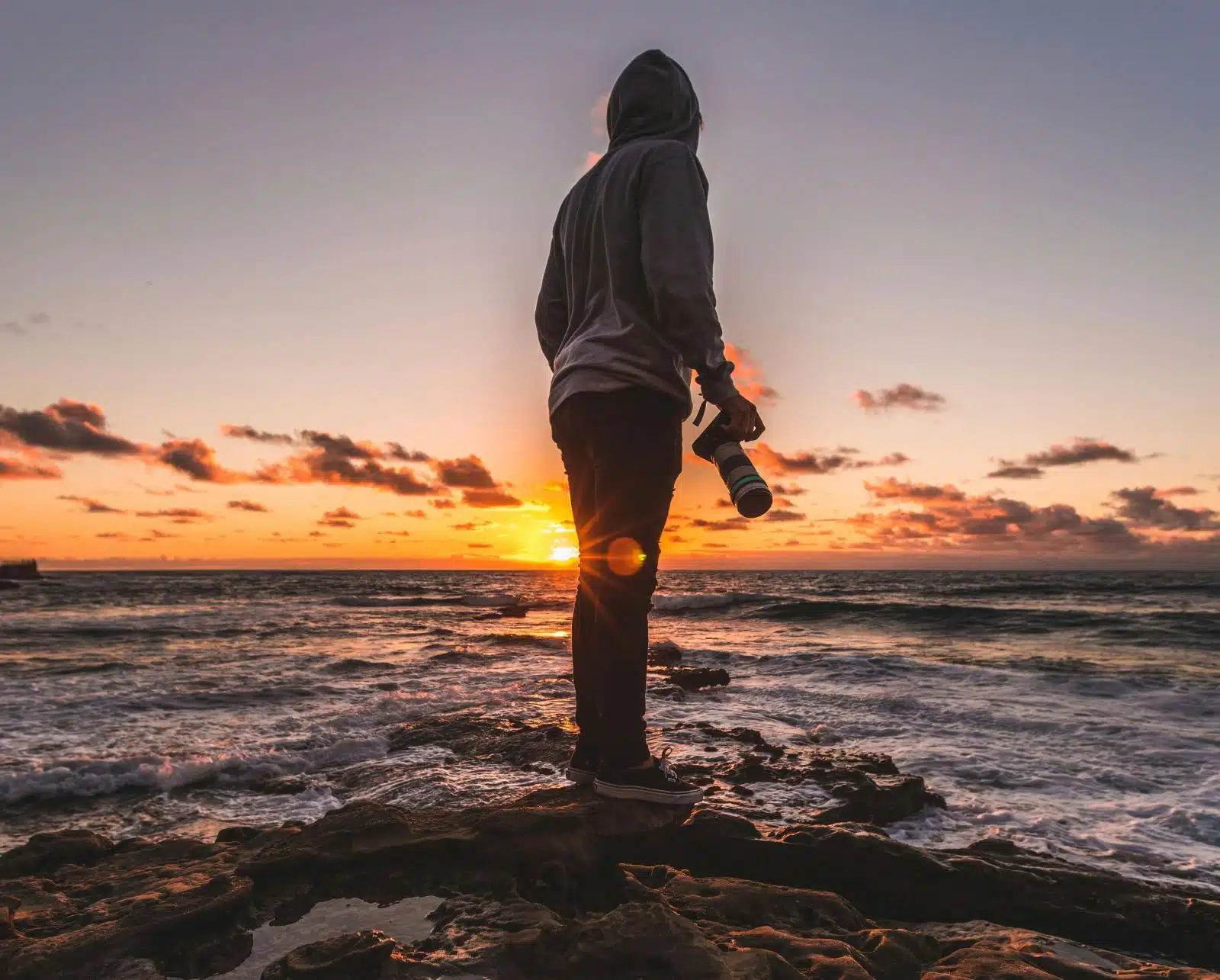
Image Credit: Pexels / Jacub Gomez
Perhaps the most important yet often overlooked aspect of landscape photography is the role of patience and persistence. Capturing the perfect landscape image often requires waiting for the right moment when the light, weather, and landscape align. This can mean revisiting the same location multiple times or waiting hours for the ideal conditions. The willingness to endure these waits, often in less-than-ideal conditions, separates the good from the great in landscape photography. It’s a test of dedication and passion for the craft, but the reward is capturing a moment that might never be repeated, preserved for eternity.
Insider’s Tip: Always have your camera ready to capture unexpected moments. Sometimes, the most breathtaking scenes unfold when you least expect them.
Post-Processing and Editing

Image Credit: Pexels / JESHOOTS.com
Workshops and Courses

Image Credit: Pexels / Expect Best
Top Tips
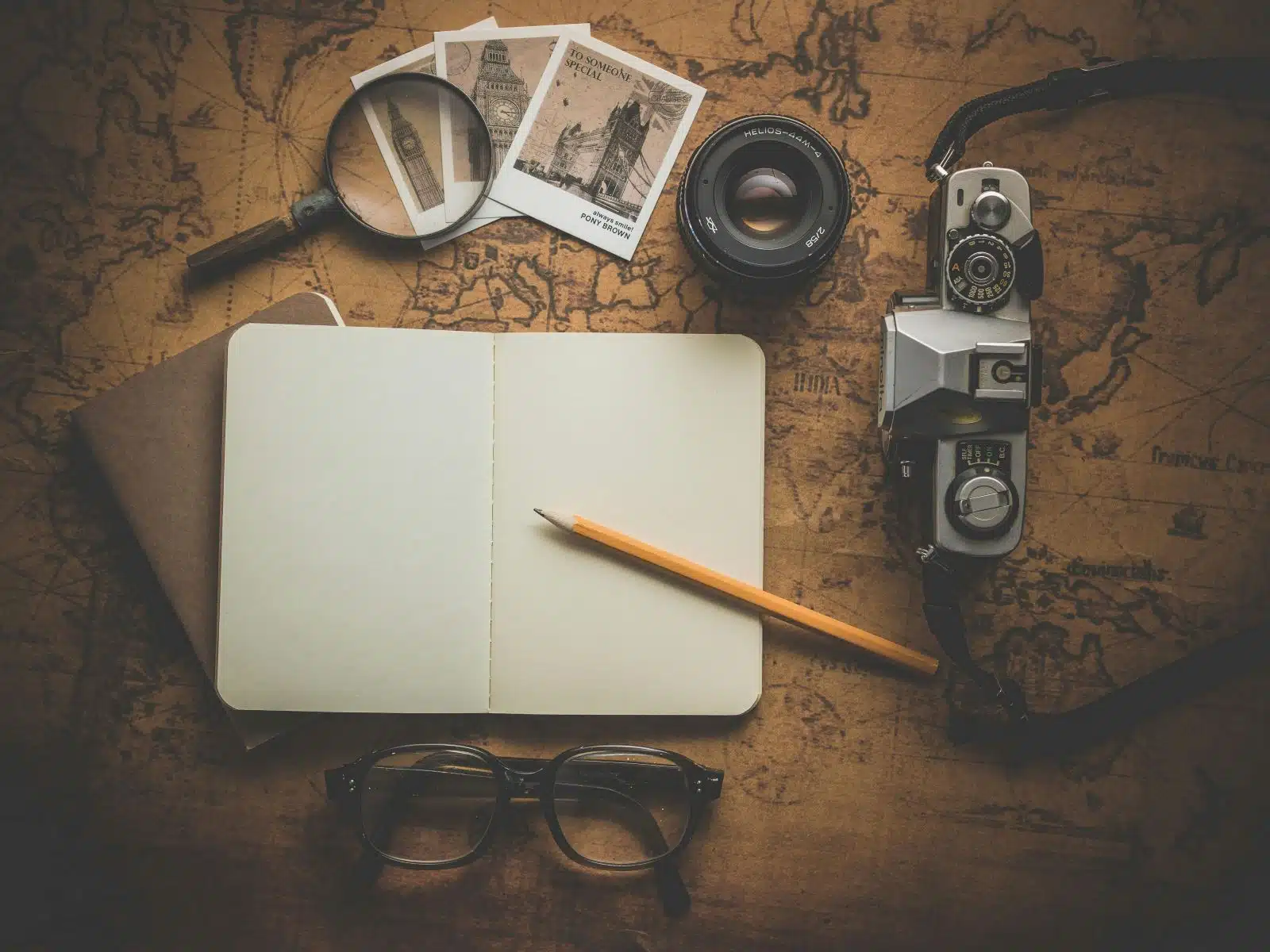
Image Credit: Pexels / Pixabay
The Bottom Line

Image Credit: Pexels / Flo Dahm
Justin’s guide aims to equip photographers with the knowledge and techniques necessary for mastering landscape photography, covering everything from light manipulation and composition to the thoughtful inclusion of human elements and the changing moods of seasons. It’s a discipline that combines technical skill with creative vision, challenging photographers to capture the natural world in ways that evoke emotion and provoke thought.
As you continue your journey in landscape photography, remember that each image is an opportunity for growth and discovery. The principles and insights shared here will enhance your understanding and appreciation of the landscape, encouraging you to explore, experiment, and, ultimately, convey the profound beauty and complexity of the natural world through your photography.
More From The Green Voyage
Top 10 Trending Travel Destinations 2024
6 Essential Banking Apps for International Travel – Managing Your Finances on the Go
Traveling With Kids – 10 Tips to Create Memorable Family Holidays
The post Master Travel Photography Like a Pro first appeared on The Green Voyage.
Featured Image Credit: Pexels / Luis Quintero.
For transparency, this content was partly developed with AI assistance and carefully curated by an experienced editor to be informative and ensure accuracy.
Tips for Trip Success
Book Your Flight
Find an inexpensive flight by using Kayak, a favorite of ours because it regularly returns less expensive flight options from a variety of airlines.
Book Your Hotel or Special Accommodation
We are big fans of Booking.com. We like their review system and photos. If we want to see more reviews and additional booking options, we go to Expedia.
You Need Travel Insurance!
Good travel insurance means having total peace of mind. Travel insurance protects you when your medical insurance often will not and better than what you get from your credit card. It will provide comprehensive coverage should you need medical treatment or return to the United States, compensation for trip interruption, baggage loss, and other situations.Find the Perfect Insurance Plan for Your Trip
